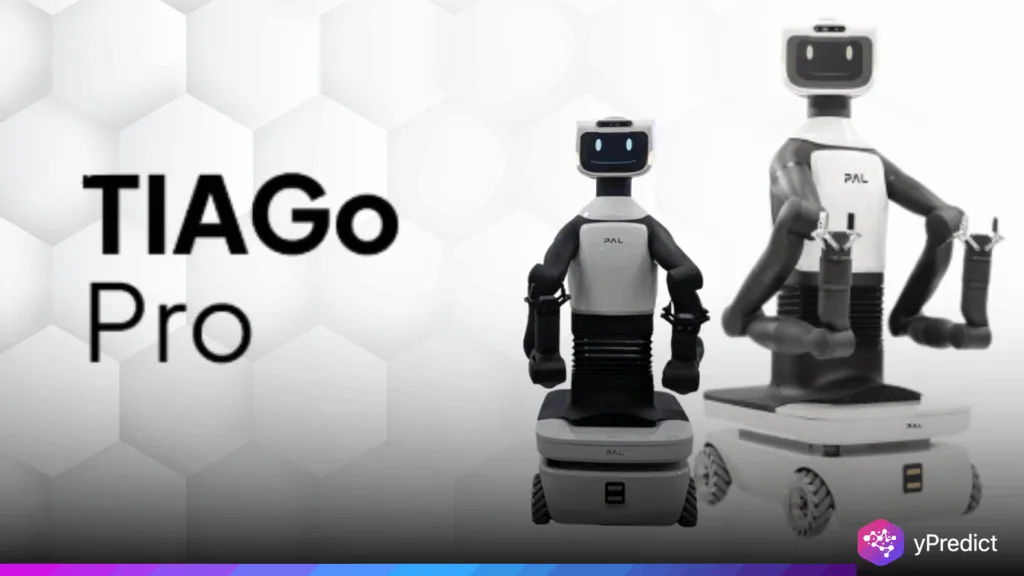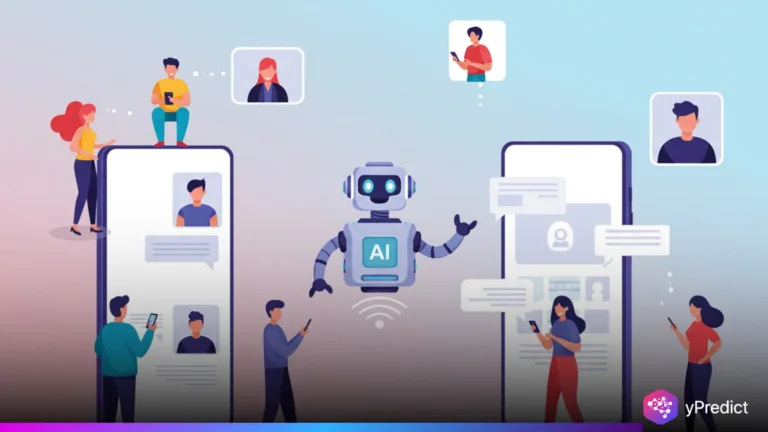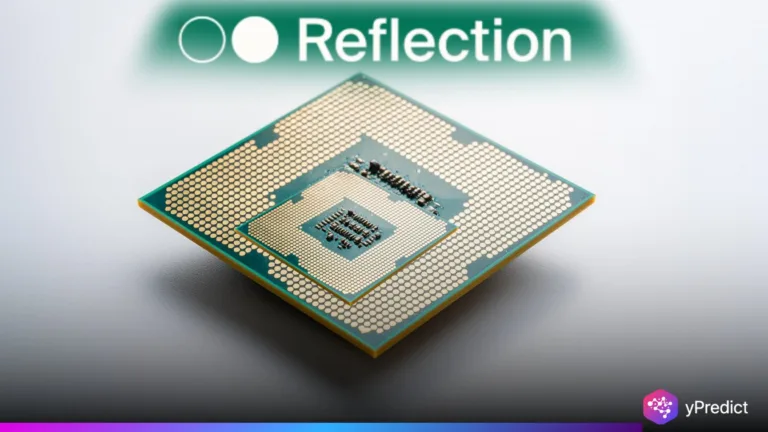
At the Humanoids 2025 conference in Seoul, NVIDIA Robotics posted a jaw-dropping demo of PAL Robotics’ TIAGo Pro robot. In the video below, see someone teleoperate the haptic feedback robot to stack colored blocks. Even more than that, it’s a quantum leap for human-robot interaction. The operator doesn’t just drive the robot’s movement—they also sense resistance and texture as it occurs. This mix of accuracy and touch exemplifies the way in which robots could collaborate with humans in a secure, seamless manner. The TIAGo Pro demo represents the continuing transition to symbiotic, human-focused robotics enabled by AI and tactile tech.
Haptic Control in Action
TIAGo Pro is a next-level, safety-first, collaborative mobile manipulator. Its teleoperated system, augmented with haptic feedback, allows operators to feel what the bot feels. Grasping a block is not only an action, but it also has haptic indicators such as pressure and stress. That sensation makes room for more precise control, minimizing mistakes in detailed work.
This characteristic is paramount in life-or-death industries. In robot-assisted surgery, for example, haptic cues prevent surgeons from unintentionally doing damage. Study discovers fewer mistakes when haptic indicators steer pilots. Applying that same principle to general robotics offers the TIAGo Pro a leg on.
At Humanoids 2025, the robot’s block-stacking act was a tad more. It represented how robots can reflect human touch and will. TIAGo Pro’s intelligent haptic input transformation to safe, smooth movement makes it appropriate for industrial and service use. Healthcare, logistics, and even home care could all use this.
The conference setting added context. Alongside CRL, the conference boasted haptics and multimodal interaction. The TIAGo Pro fits effortlessly into this story—robots designed not just to do, but to co-create, via tactile, visual, and reactive engagement.
Designing for Human Collaboration
Robots don’t fare too well in human spaces. The TIAGo Pro was designed with that issue in mind. It’s got safety brakes on each arm joint, customizable grimaces, and LED lights to announce its arrival. They’re not gimmicks; they’re foundations that help humans to believe in and pilot them.
Programming has also been simplified. No hardcore coding, rather they can utilize pre-packaged code blocks. That reduces the friction to teams in health care, factories, or research labs that need to deploy the TIAGo Pro quickly. You can also coach it physically–drivers can lay down their arms themselves, providing it with a natural training mode.
What’s remarkable here is the fusion of technological power with human-centered design. Too many robots sweat muscle or speed and overlook ease of use. The TIAGo Pro instead relies on interaction. Haptic teleoperation taps into this mindset: control is natural, like wriggling your own arm.
This message resonated at Humanoids 2025. With multimodal HRI research demonstrating that robots integrating vision, hearing, and touch interfaces appear safer, the TIAGo Pro’s demo came as an exemplar. It demonstrated to us how design and control systems can merge to produce robots geared for everyday, human-focused labor.
Conclusion
The TIAGo Pro demo at Humanoids 2025 wasn’t just a tech exhibition. It was a sneak peek at robots that co-work, not just work. Combining haptics with intuitive design, PAL Robotics developed a system that felt natural to the user. With safety features, live remote operation, and easy-to-use software, it brings it closer to real-life applications. Whether in hospitals or warehouses, the TIAGo Pro may be a vision of the future of human-robot teams. As robotics pivots to precision and partnership, this demo highlighted one thing—the future isn’t automation alone—it’s collaboration you can touch.






